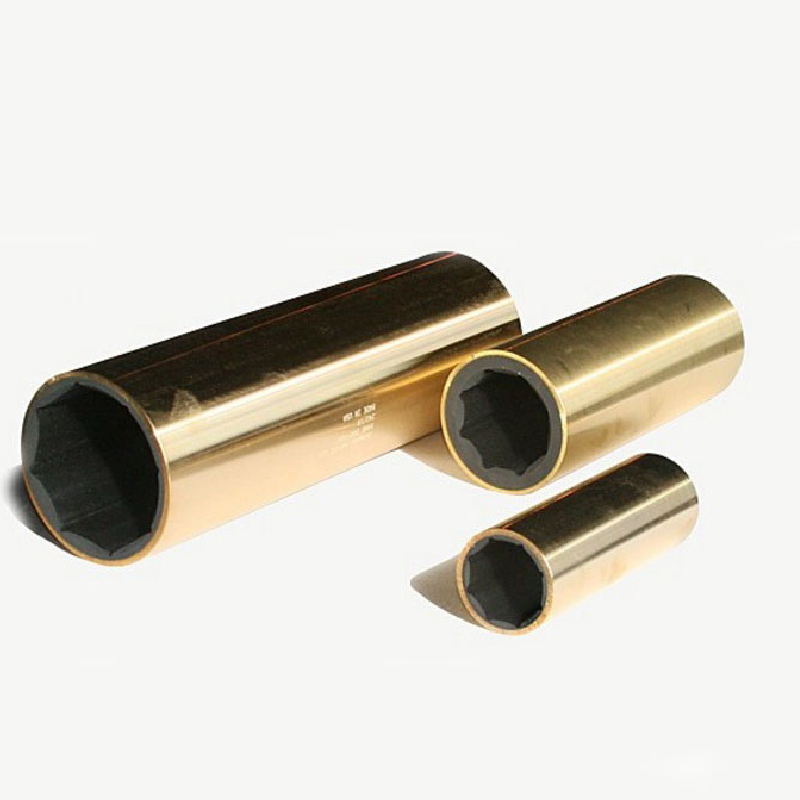Understanding the Function and Importance of Shaft Seals in Stuffing Boxes
Understanding Stuffing Box Shaft Seals Anatomy, Function, and Applications
The realm of mechanical engineering often presents various challenges related to fluid containment and equipment longevity. One such critical component that plays a significant role in these areas is the stuffing box shaft seal. This article delves into the anatomy, functionality, and applications of this essential sealing mechanism, helping to shed light on its importance in various industrial applications.
What is a Stuffing Box Shaft Seal?
A stuffing box shaft seal is a mechanical device used to prevent the leakage of fluids along the rotating shaft in various machinery, particularly in pumps, compressors, and mixers. It acts as a barrier, ensuring that the fluid contained within the system does not escape into the environment, which can lead to inefficiencies, safety hazards, and environmental violations.
The stuffing box is typically located where the shaft exits a pressure vessel, such as a pump or valve. It consists of a cylindrical chamber filled with packing material or other sealing elements. This packing material is compressed around the shaft, creating a tight seal that allows for the shaft's rotation while containing the fluids within.
Anatomy of a Stuffing Box
A stuffing box generally comprises several key components
1. Packing Material This is the primary sealing element of the stuffing box, usually made from materials like rubber, PTFE, or graphite. It can either be braided or in the form of rings. The choice of material depends on the type of fluid, temperature, and pressure conditions.
2. Stuffing Box Housing This is the cylindrical shell that contains the packing material. It also holds the gland, which applies pressure to the packing to maintain the seal.
3. Gland This is a movable part that compresses the packing material against the shaft. By adjusting the gland, operators can increase or decrease the pressure on the packing, consequently affecting the degree of sealing and the amount of friction generated.
4. Shaft The rotating element that necessitates sealing. The shaft should have a smooth surface to minimize wear on the packing material.
stuffing box shaft seal

Functionality of Stuffing Box Shaft Seals
The primary function of the stuffing box shaft seal is to minimize fluid leakage. Effective sealing prevents loss of valuable fluids, protects the environment from contamination, and ensures safety by preventing hazardous leaks. The stuffing box design also allows for adjustments in pressure, enabling maintenance operators to manage wear and tear over time.
As the shaft rotates, several factors come into play that could compromise the seal's integrity
- Temperature Variability Materials can expand or contract with temperature changes, affecting sealing effectiveness. - Pressure High pressure can lead to increased leakage if not properly managed with the gland adjustment. - Wear and Tear Continual motion creates friction, which can degrade packing material over time.
Thus, operators must regularly inspect and maintain the stuffing box to ensure its proper functioning and longevity.
Applications of Stuffing Box Shaft Seals
Stuffing box shaft seals are widely used across several industries, including
- Oil and Gas Protects valuable and often hazardous materials from leaking during extraction and refining processes. - Water Treatment Essential in pumps that handle water, preventing leakage that could introduce contaminants. - Chemical Processing Safeguards against leaks of corrosive or toxic substances, maintaining safety standards and environmental regulations. - Food and Beverage Used in pumps to ensure sanitary conditions by preventing contamination from external sources.
Conclusion
In summary, stuffing box shaft seals play a crucial role in safeguarding the integrity of mechanical systems by preventing fluid leakage. By understanding their anatomy, functionality, and applications, engineers and operators can better appreciate the importance of adequate sealing technologies in various industries. Proper maintenance and timely adjustments will not only enhance equipment performance but also contribute significantly to operational efficiency and environmental protection.
-
The Ultimate Guide to Boat Propeller Bearings and Trailer Wheel Bearings
News Jul.31,2025
-
The Essential Guide to Marine Bearings and Boat Trailer Wheel Bearings
News Jul.31,2025
-
The Complete Guide to Heavy Duty Seals: Protecting Doors and Spaces Efficiently
News Jul.31,2025
-
Essential Guide to Marine Shaft Bearings and Boat Trailer Axle Bearings
News Jul.31,2025
-
Comprehensive Guide to Marine and Trailer Bearings for Safe Boating and Transport
News Jul.31,2025
-
Comprehensive Guide to Automotive Oil Seals: Protecting Your Engine and Shafts
News Jul.31,2025
-
Understanding Automotive Oil Seals: Essential Components for Engine and Shaft Protection
News Jul.30,2025
Products categories















